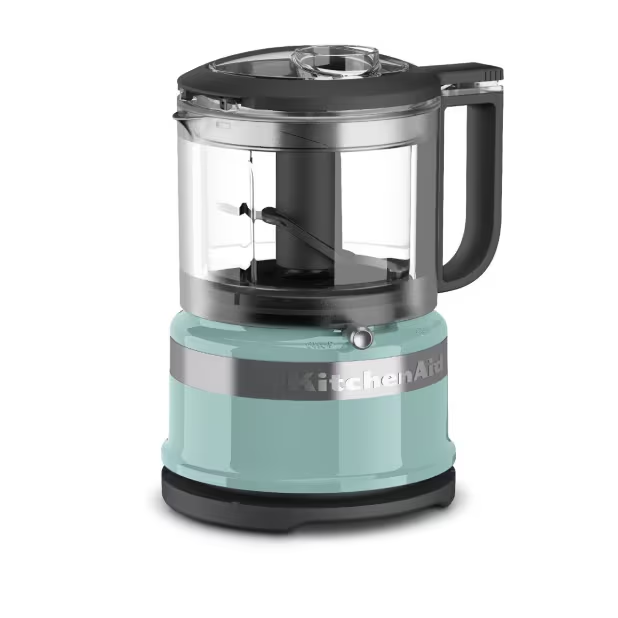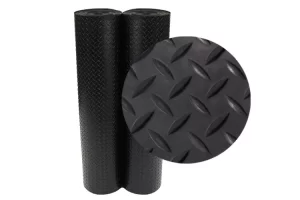Fluorescent light bulbs, also known as fluorescent tubes or lamps, are a type of energy-efficient lighting that have been used in a variety of settings since their invention in the 1930s. Unlike traditional incandescent bulbs, which use a filament to produce light, fluorescent bulbs rely on a process known as fluorescence to generate light. In this article, we will explore the applications of fluorescent light bulbs and their benefits.
Home and Office Applications
These bulbs are often used in ceiling fixtures, desk lamps, and other areas where task lighting is needed. Fluorescent bulbs are preferred over traditional incandescent bulbs because they use less energy, emit less heat, and last longer. Additionally, they are available in a range of colors and color temperatures, making them a versatile option for many different lighting needs.

Commercial and industrial applications
Fluorescent light bulbs are particularly useful in areas that require a lot of light, such as factories, warehouses, and offices. This is because fluorescent bulbs are much more energy-efficient than traditional incandescent bulbs, meaning that they use less electricity to produce the same amount of light. As a result, businesses can save a significant amount of money on their energy bills by using fluorescent bulbs instead of incandescent bulbs.

Healthcare applications
In hospitals and clinics, fluorescent bulbs are often used to provide bright, even lighting in patient rooms, operating rooms, and other areas where precise lighting is essential. Fluorescent bulbs are also commonly used in laboratories, where they are used to provide a high level of illumination for experiments and other scientific work.

Other settings where fluorescent bulbs are commonly used
Schools use fluorescent bulbs to provide bright, even lighting in classrooms, hallways, and other areas. Libraries use them to provide focused lighting for reading areas and bookshelves, while retail stores employ them to highlight products and create an inviting atmosphere for shoppers.
In addition to their energy efficiency and versatility, fluorescent light bulbs offer a number of other benefits. For example, they last much longer than traditional incandescent bulbs, meaning that they need to be replaced less frequently. This is not only more convenient, but it also reduces the amount of waste that is generated from discarded light bulbs. Fluorescent bulbs also produce less heat than incandescent bulbs, which can help to reduce cooling costs in warmer climates.
Disadvantages
Despite their many advantages, fluorescent light bulbs do have some drawbacks. For example, some people find that the quality of light produced by fluorescent bulbs is less pleasing than that produced by incandescent bulbs. In addition, some people are sensitive to the flickering of fluorescent bulbs, which can cause headaches and other health problems. Finally, fluorescent bulbs contain small amounts of mercury, which is a toxic substance that can be harmful to the environment if not disposed of properly.
In conclusion, fluorescent light bulbs are a versatile and energy-efficient lighting option that can be used in a wide range of settings. They are particularly well-suited for commercial and industrial applications, as well as healthcare facilities, schools, libraries, and retail stores. While they have some drawbacks, such as the potential for flickering and the presence of mercury, their many benefits make them an excellent choice for many lighting needs. As technology continues to improve, it is likely that fluorescent bulbs will become even more energy-efficient and versatile, further expanding their range of applications.







